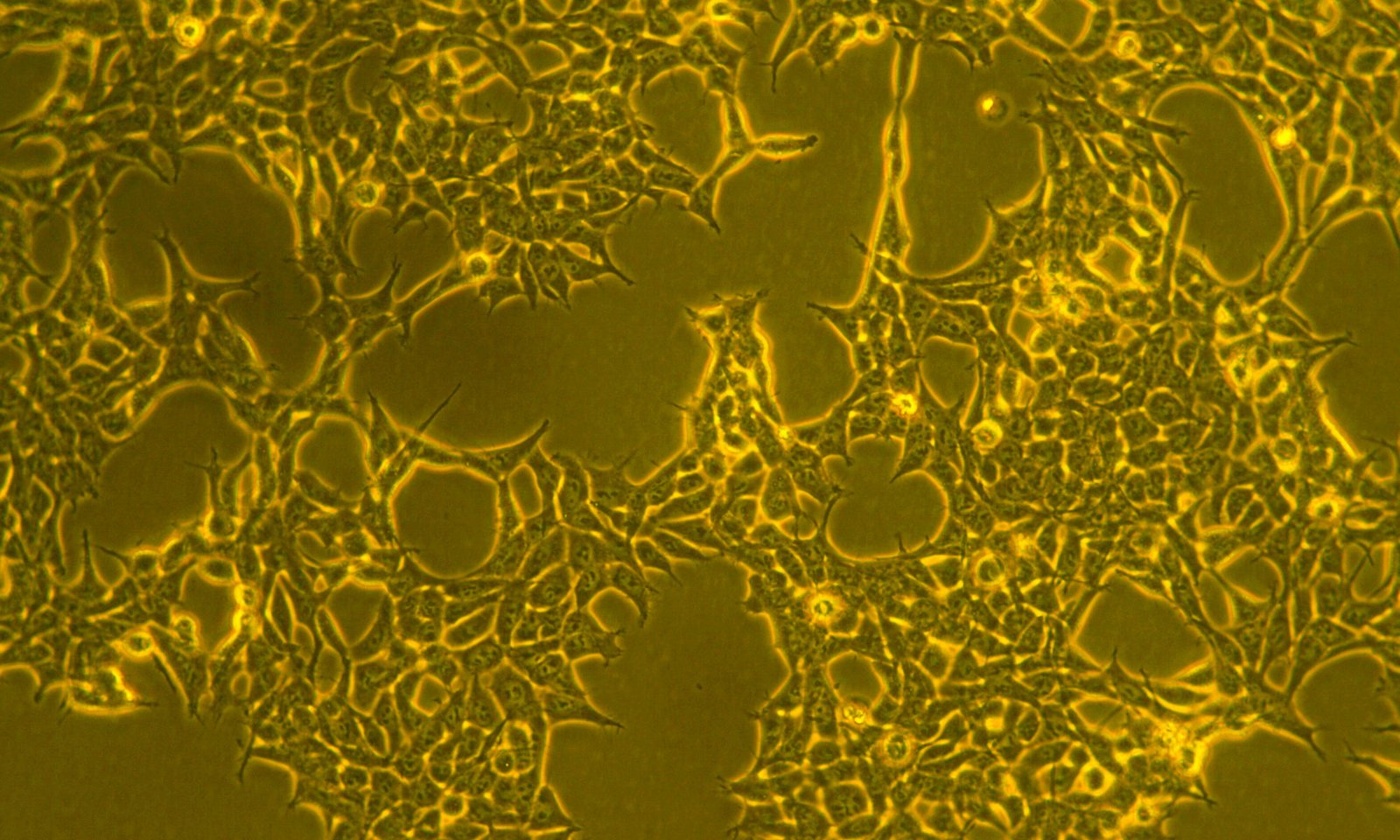This site features trending Alternative Splicing-linked items from the web for 8 of August 2019.
Trending Alternative Splicing news item:
Viral Modulation of RNA Alternative Splicing: A Key Player in Virus-Host Interactions? The study of virus-host interaction has been a long and meticulous feat aimed at deciphering the impact of viral infection, the response of host cell, and the complex interplay and cross-talk between the two. Upon infection, a tug of war is established between the virus and its host to either gain control of cellular functions, which are vital for viral replication, or mount an efficient antiviral response to prevent the infection from spreading. The result is either replication of the virus or control of the infection and clearance of the infected cell. Viruses have therefore evolved numerous ways to trick the cell and sabotage important defense pathways, allowing them to take control. These viral tricks are crucial in designing new antiviral drugs against viruses, such as Ebola and HIV… read the entire news item (from Advanced Science News)
Featured recent scientific publication on Alternative Splicing:
Deterministic splicing of Dscam2 is regulated by Muscleblind: Alternative splicing increases the proteome diversity crucial for establishing the complex circuitry between trillions of neurons. To provide individual cells with different repertoires of protein isoforms, however, this process must be regulated. Previously, we found that the mutually exclusive alternative splicing of Drosophila Dscam2 produces two isoforms (A and B) with unique binding properties. This splicing event is cell type specific, and the transmembrane proteins that it generates are crucial for the development of axons, dendrites, and synapses. Here, we show that Muscleblind (Mbl) controls Dscam2 alternative splicing. Mbl represses isoform A and promotes the selection of isoform B. Mbl mutants exhibit phenotypes also observed in flies engineered to express a single Dscam2 isoform. Consistent with this, mbl expression is cell type specific and correlates with the splicing of isoform B. Our study demonstrates how the regulated expression of a splicing factor is sufficient to provide neurons with unique protein isoforms crucial for development… read the entire scientific publication (from Science Advances)
Trending tweet on #AlternativeSplicing:
—-
—-
Background knowledge on Alternative Splicing:
Most stable biological programs and many dynamic biological responses rely on the quantitative and qualitative regulation of gene expression. Such regulation can be accomplished by rearranging the gene, controlling transcription of the primary RNAs, regulating the processing of these primary transcripts into mature RNA species, modulating the stability and distribution of these mature RNAs, and finally, in some cases, manipulating the synthesis and stability of the protein products templated by messenger RNAs. Among these steps in the information flow of gene expression, this article focuses on the regulation of RNA processing and, in particular, alternative splicing. Alternative splicing is the process by which a single species of primary transcript undergoes differential removal of introns to yield different mature RNAs. Alternative splicing, which affects gene products from the majority of protein-coding genes, is likely one of the major engines of proteome diversity. Premessenger RNA Splicing: The initial RNA products of transcription by RNA polymerase II (RNAPII), primary transcripts, are large molecules (averaging 30,000 nucleotides) that are divided into exons and introns. Exons, which usually average 300 nucleotides in length, are retained in mature RNAs, whereas introns, which average over 3000 nucleotides, are removed from the primary transcripts by RNA splicing. RNA splicing occurs in the nucleus and appears to be coupled to the synthesis of primary transcripts by RNAPII. RNA splicing is catalyzed by the spliceosome, an RNA-based macromolecular enzyme that recognizes and defines the exons and introns and precisely removes the latter and rejoins the exons (Figure 1). The definition of exons and introns is governed by conserved cis-acting elements: the 50 splice site (also known as the donor site) demarcating the 50-end of an intron and the 30 splice site (also known as the acceptor site), a tripartite element marking the 30-end of an intron. It should be noted that although the definition focuses on introns, all internal exons (e.g., exon M in Figure 1D) are defined by a 30- splice site upstream and a 50- splice site downstream. Alternative Splicing: There are four types of alternative splicing events in which splice site choice solely determines the sequence of mature RNAs (Figures 1A–D). In rare cases, an intron is removed or retained to give two very different RNAs (A). The use of two or more alternative 50 splice sites (B) or 30 splice sites (C) can lead to RNA isoforms. Finally, inclusion or skipping of one or more exons is a common form of alternative splicing (D). In addition, alternative splicing of transcripts initiated at different transcription start sites leads to mature RNAs with different first exons (E). The 30 terminal exons can also vary by coupling alternative splicing with alternative polyadenylation (F). This entry describes a slightly more complex form of the decision to skip or include an exon (D), which is observed among transcripts encoding the fibroblast growth factor receptor-2 (FGFR2)… read more (from Encyclopedia of Biological Chemistry, 1st Edition)
Keywords: Alternative Splicing, #AlternativeSplicing, polyadenylation, premessenger RNA splicing, mature RNA species, Muscleblind (Mbl), Drosophila Dscam2, deterministic splicing, virus-host interaction, fibroblast growth factor receptor-2 (FGFR2).
Join for free INPST as a member
The International Natural Product Sciences Taskforce (INPST) maintains up-to-date lists with conferences, grants and funding opportunities, jobs and open positions, and journal special issues with relevance for the area of phytochemistry and food chemistry, pharmacology, pharmacognosy research, and natural product science.

























